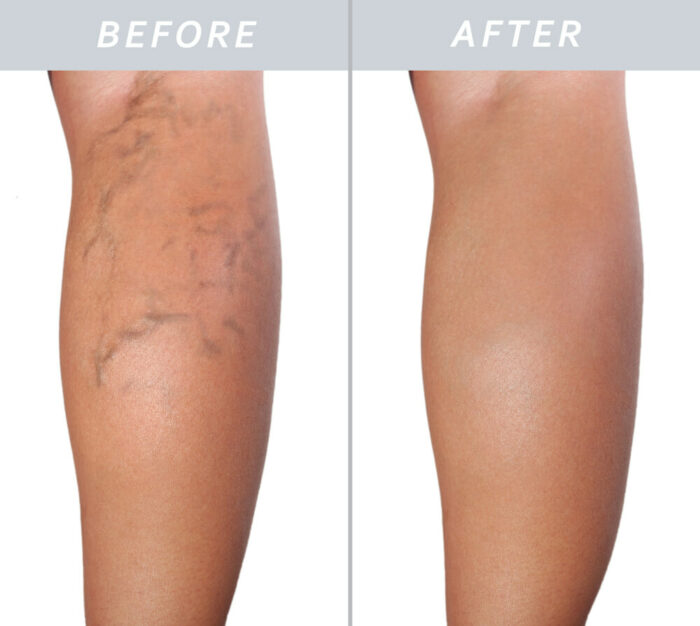
Patients seeking a noninvasive skin rejuvenation procedure to treat skin irregularities caused by vascular skin conditions may consider VBeam laser treatment to create a healthy skin appearance. Conditions such as broken blood vessels, psoriasis and rosacea can cause unwanted pigmentation, redness and irritation on the skin’s surface. VBeam is a non-ablative laser that produces intense, yet gentle beams of pulsed light to selectively treat these areas without damaging nearby healthy skin. It is considered the gold standard of pulsed dye laser technology. Patients will see results quickly and notice a more clear, blemish-free complexion.
VBeam laser treatment uses a pulsed dye laser that penetrates the skin, targeting blood vessels or melanin-pigmented areas in the dermis, heating up the blood vessels so that they collapse. This process helps to reveal the clear, beautiful skin underneath. During the procedure, a small, hand-held device is aimed at specific areas of the patient’s skin, which is used to deliver the pulse of light. The laser pulse is accompanied by a cooling spray, which reduces any sensations of pain that may occur during the treatment.
During the treatment, patients may experience some mild discomfort. There will be some redness, swelling and possible bruising after the procedure. The redness and swelling should disappear in a few hours after the procedure, however it may take a full week for the bruising to fade. Patients may apply make-up immediately after their procedure, which makes the VBeam laser an easy, convenient procedure.
VBeam Laser treatments are ideal for any individuals that are looking to improve the condition of their skin. Individuals with redness of the face and neck, rosacea, face and leg veins, warts, psoriasis, and poikiloderma may consider VBeam laser treatment.
Patients can expect to see noticeable results immediately following the procedure, and for many candidates, these results can last a while. The longevity of the results depends on the condition being treated, the number of sessions needed, and most importantly, the patient’s lifestyle choices following the procedure.
The amount of treatment sessions required to obtain optimal results depends on the issue being addressed, the patients complexion, how well the issue responds to early treatments, and many other factors. The number of treatment sessions can usually be determined during the consultation.
Follow-up treatment sessions are usually spaced 6 weeks apart.